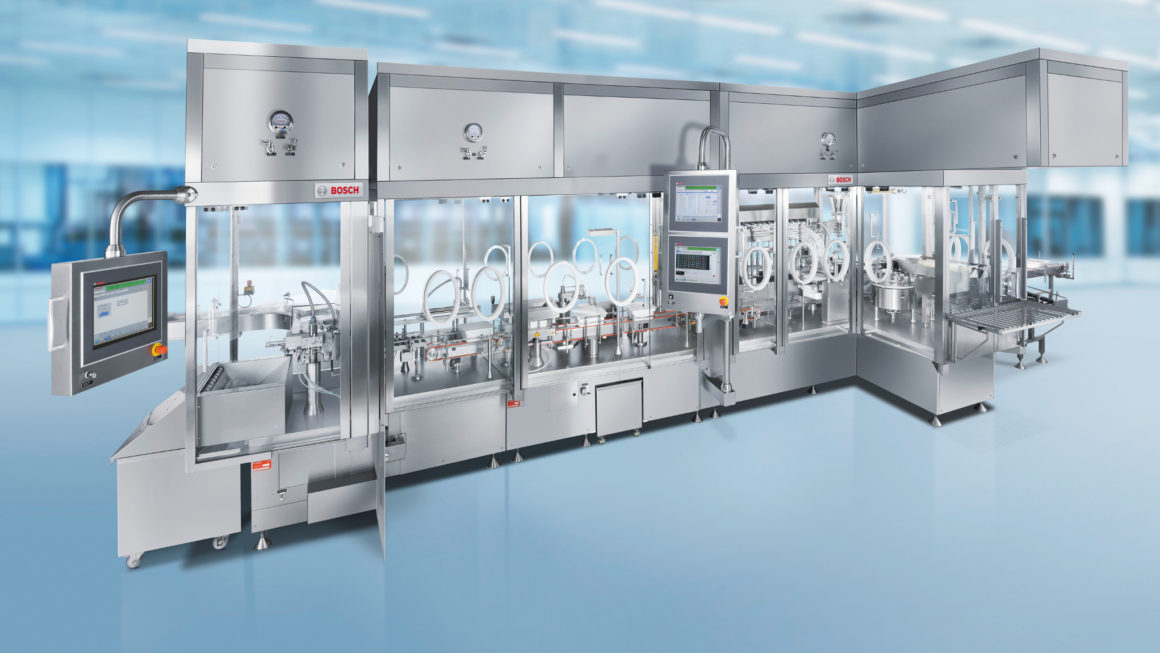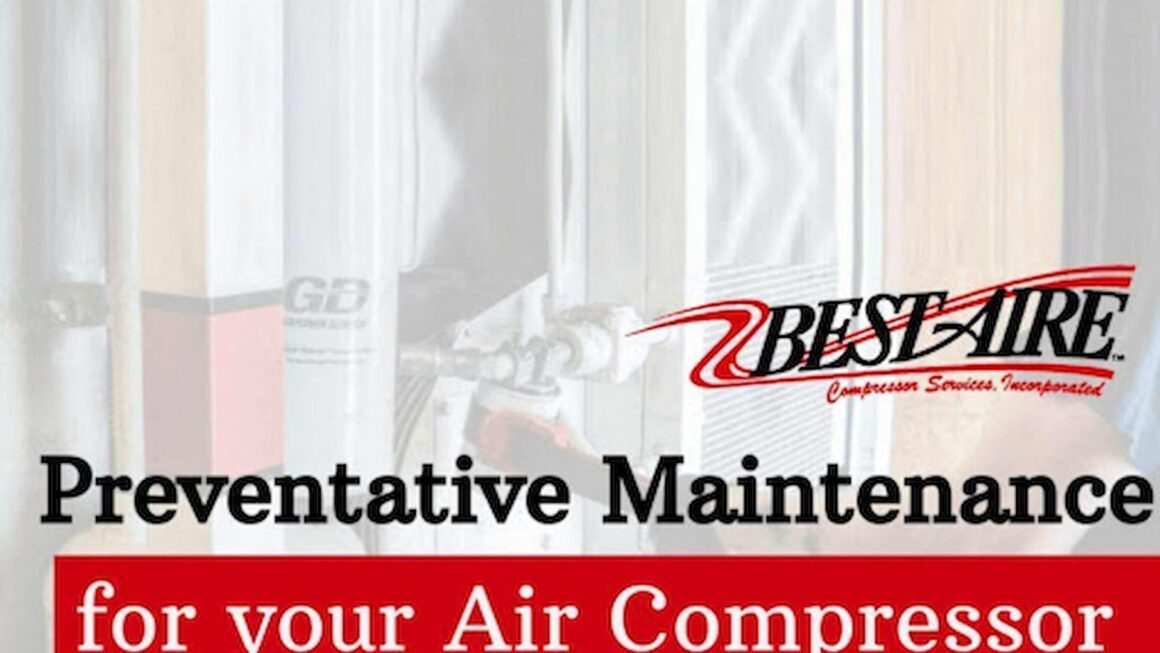Aseptic filling is basically an aseptic procedure that needs complicated interaction and close coordination between sterilised products, personnel, clean room and support facilities, sterilised filling elements and the fill or finish device mechanism. There are several perceptional problems associated with this procedure. Micro contamination tends to be very small and the surfaces that might look sterile and clean might not be so in reality. Therefore, the aseptic fill and finish procedure are completely dependent on detailed processes, controls, equipment, and technique. This procedure still remains one of the most critical procedures in the field of biopharmaceutical manufacturing. However, the effective use of aseptic filling isolator in the procedure has made it safe to a great extent.
Why Make Use Of Aseptic Filling Isolators?
The stability of the aseptically filled drugs gets affected by dry heat ovens, steam autoclave, irradiation and Ethylene Oxide. Therefore, there is this need for using an aseptic procedure for filling certain pharmaceuticals, biotechnology drugs and biological. The history of an aseptic filling procedure is recent. However, for making major improvements in the consistency in aseptic processing, the use of aseptic filling isolator was introduced. There are several advantages of using the isolator technology in the aseptic processing field. The main intent of the aseptic filling isolators is creating a kind of airtight enclosure or barrier around the process or the element that offers absolute separation between the product and the operator. This separation of the product or process and the operator makes way for good product quality along with operator safety.
The other advantages of aseptic isolators include:
-
- Lightweight
-
- Easily assembled and disassembled
-
- Low cost when used for a very long time
-
- Proper visibility
- Improved flexibility for the glove ports
How Does The Use Of Isolators Help?
The operation of an aseptic isolator helps in increasing confidence in the level of sterility assurance. Sporadical agents that are supplied into the isolator in the form of a validated system offer greater sterility assurance in comparison to what is available in a clean room which is disinfected manually. The operators can easily perform different tasks through the use of glove ports or half-suits. Aseptic isolators offer a certain environment within the isolator by making the effective use of HEPA filters. This environment can either be negative pressure or positive and can even have oxygen control and humidity control. It is also important to note that the environment can make use of unidirectional airflow protecting either the product from the operator or the operator from the product.
The initial purchase of an aseptic filling isolator is a huge expenditure but it is also worth noting that isolators tend to be less expensive when used versus cleanroom environments. The most important areas where a huge amount of money can be saved with the use of isolators include de-gowning or no gowning smaller HVAC systems; less filtration and small volume. There is minimum human intervention in the procedure which also helps in saving a huge amount of time and money. Therefore, it can rightly be said that aseptic isolators are the best choice for filling operations.




